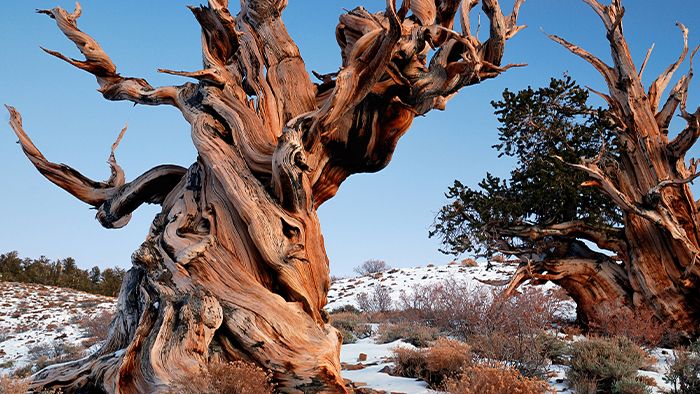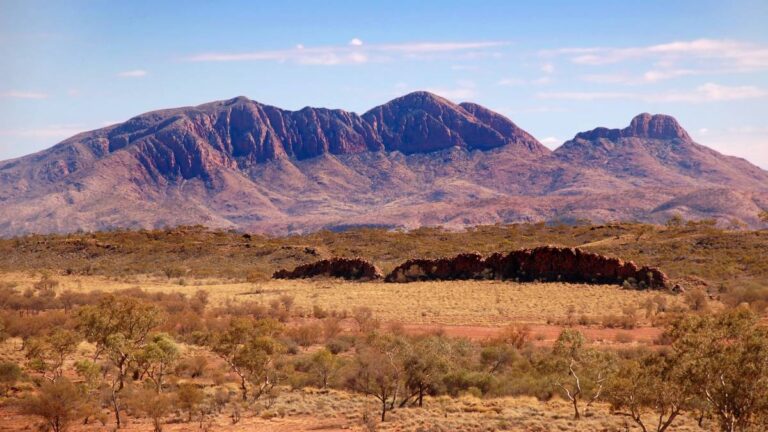Wisdom comes with age so they say. Sadly the way some older people use social media, especially twitter to spread dodgy information and false news, it makes one wonder if this holds as true today as it once did.
Thank goodness other parts of the natural world – both flora and fauna – are more reliable. Having some time tested trusty old codgers within our midst provides stability when the human condition can be so fickle and containing little of substance, consisting more of shadows and passing fads.
Such is the case for old trees. We have chosen to refer to these old hands of the bush as veterans, deserving of great respect and certainly deserving of protection and care. Is it appropriate to apply the Anzac quote of: Age shall not weary them, nor the years condemn. They just keep on keeping on. Old diggers with a love of the earth would surely be happy to share this adage.
New research is revealing the old trees way beyond what we consider old have great value in the landscape.
The picture at the head of this post is a Bristlecone pine. They can live for 5,000 years.(Wikimedia)
in this story by Anna Salleh, Are very long-lived trees immortal and what can they teach humans? (ABC Science, Wednesday 5 August 2020) she writes:
While humans are all too familiar with the ravages of getting older, many trees seem to handle ageing a lot better. Certain trees can live for thousands of years and appear to be immortal.
But not everyone is convinced these old timers can escape death due to old age. Regardless, could humans with their relatively puny lifespans have something to learn from these ancient trees? Some scientists think so.
What do we know about the old trees living at Munibung Hill? Since most of the land was cleared of its indigenous vegetation when the settlers colonised the area, did any of these ‘first trees’ survive the ring barkers axe? Of those that have regenerated since the 1800s which are the oldest ones and where are they to be found? There are still some sections of Munibung Hill that are relatively untouched. Most of these areas are in the steeper portions such as gullies and creeks. We need to identify these and ensure they are given every chance of thriving. Those that are not old but on the way to becoming veterans we need to also protect so that as branches break away, the holes can become nesting sites for birds and mammals.
Read the full story at this link: What old trees can teach humans



